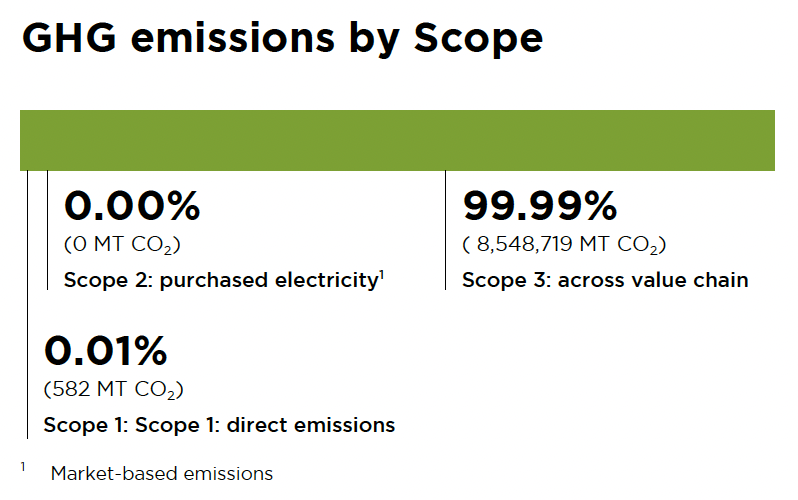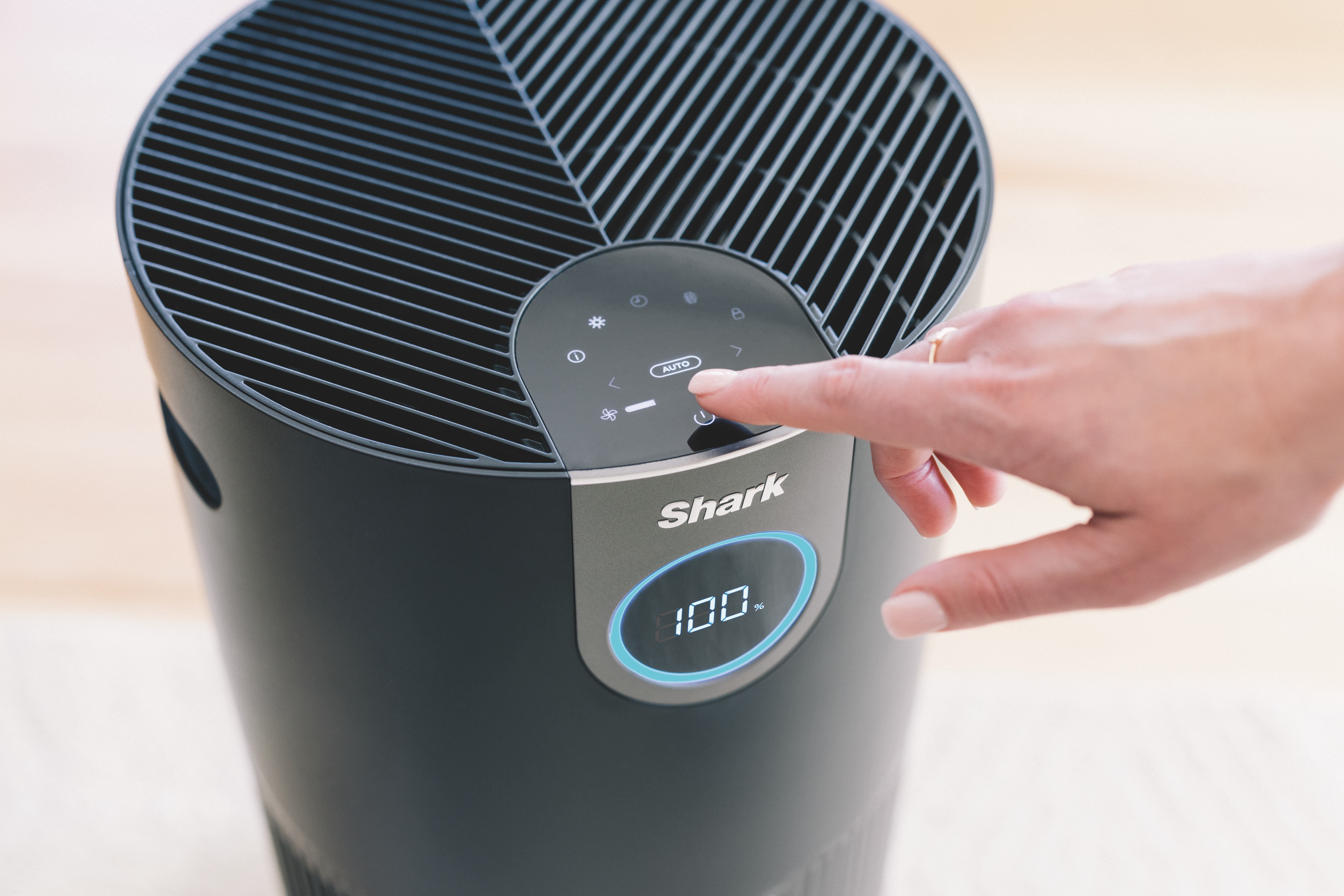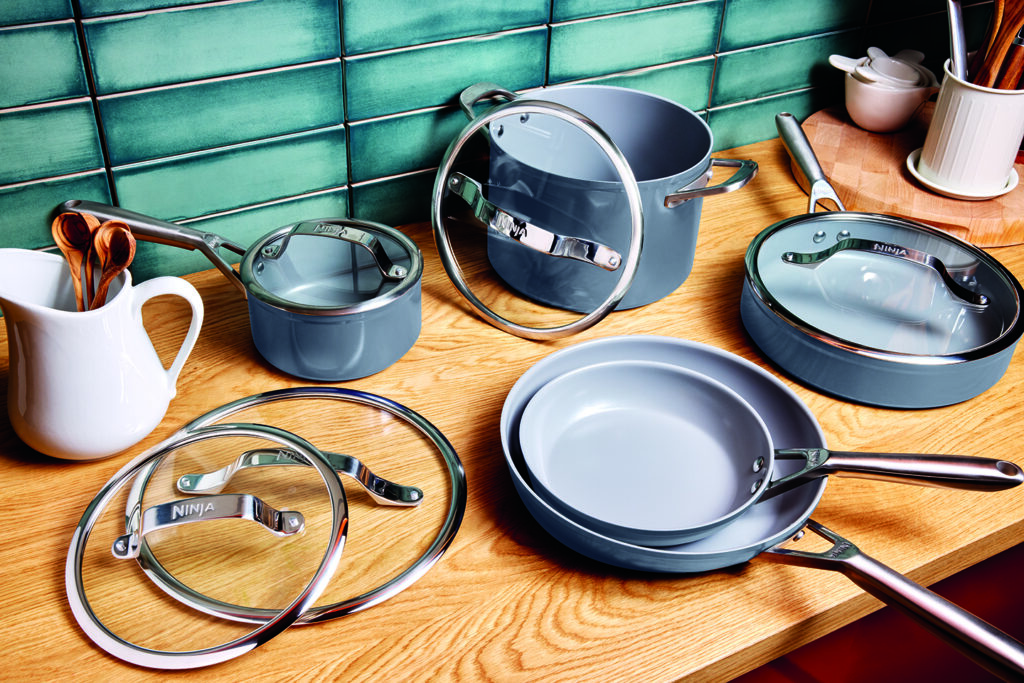We leverage our deep product development, engineering and operations expertise to create products that reduce our environmental impacts, and those of our OEM partners and suppliers.
Climate Change
Climate change is the biggest environmental challenge facing our planet. We take our corporate responsibility seriously, working to reduce the carbon intensity of our operations and products.
 In 2024, emissions from our own operations (Scope 1 and 2) accounted for less than 1% of our total footprint, while 99% was attributable to our value chain (Scope 3).
In 2024, emissions from our own operations (Scope 1 and 2) accounted for less than 1% of our total footprint, while 99% was attributable to our value chain (Scope 3).
Our Scope 3 emissions originate from two main sources: approximately 53% from consumer use of our products over the products’ lifetimes and approximately 44% from the sourcing of the raw and processed materials used in our products.
We’ve invested in renewable electricity to reduce our operational impacts. Looking ahead, we seek to take advantage of innovations in materials, industrial design and new technologies to improve the energy efficiency of our products over time.

1 Electricity emissions were calculated using the market-based method. Using the location-based method, resulting emissions are 2,483 MT CO2e


Reduce greenhouse gas (GHG) emissions 66.33% per unit sold by 2035 from a 2023 base year)
Our product safety team works to ensure the use of chemicals in our products complies with all relevant regulations wherever our products are sold. Our global restricted substances list is maintained by a third-party certification company and aligns with the European Union’s Registration, Evaluation, Authorization and Restriction of Chemicals (REACH) and other regulations. All suppliers are required to adhere to our restricted substances list and we test for certain restricted and regulated substances through an independent third-party laboratory.

Began utilizing PFAS-free food-contact coatings in all new cookware product line introductions (pots and pans)